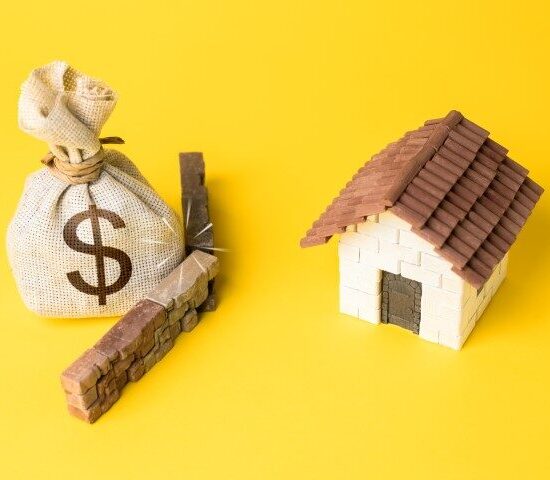What is a Stale Listing?
In the marketing of residential real estate, a stale listing refers to a property that has been on the market for an extended period without generating much interest or receiving any offers. It is a term commonly used by real estate agents to describe properties that have become stagnant and unappealing to potential buyers.
Stale listings can hinder the selling process and have a negative impact on the overall perception of a property. They can give the impression that there is something wrong with the property, leading potential buyers to question its value and desirability.
Causes of Stale Listings
Several factors can contribute to a property becoming a stale listing:
- Pricing: One of the main reasons a property may become stale is if it is priced too high. Overpricing can deter buyers who perceive the property as overvalued or out of their budget.
- Condition: Properties in poor condition or in need of significant repairs can also become stale listings. Buyers often prefer move-in ready homes and may be reluctant to invest time and money into renovations.
- Marketing and Presentation: Inadequate marketing strategies or poor presentation can also contribute to a listing becoming stale. A lack of high-quality photos, inaccurate descriptions, or ineffective advertising can fail to attract potential buyers.
- Market Conditions: External factors such as a slow market or an oversupply of similar properties can make it challenging to sell a property. In these cases, a listing may become stale regardless of its price or condition.
Implications of Stale Listings
Stale listings can have significant consequences for sellers. Some of the potential implications include:
- Reduced Interest: As a property sits on the market for an extended period, it can lose its appeal to potential buyers. They may question why the property hasn’t sold and assume there must be something wrong with it.
- Lower Offers: Stale listings often lead to lower offers from buyers who perceive the property as having less value. Sellers may need to consider reducing the price to attract interest and stimulate competition.
- Increased Time on Market: The longer a property remains on the market, the more it becomes stigmatized as a stale listing. This can deter new buyers from considering the property and prolong the selling process.
- Negative Perception: Stale listings can create a negative perception of both the property and the seller. Prospective buyers may question the seller’s motivation or assume there are hidden issues with the property.
Preventing and Addressing Stale Listings
While it’s best to avoid a property becoming a stale listing in the first place, there are steps that sellers and real estate agents can take to prevent or address this issue:
- Accurate Pricing: Setting the right price from the beginning is crucial. Sellers should work with their agents to determine a competitive and realistic listing price based on market conditions and comparable sales.
- Property Preparation: Ensuring the property is in good condition and well-presented can make a significant difference. Sellers should consider making necessary repairs, staging the property, and investing in professional photography.
- Effective Marketing: Implementing a comprehensive marketing strategy is essential to attract potential buyers. This includes utilizing online platforms, social media, and professional networks to showcase the property’s best features.
- Reassessing the Listing: If a property becomes stale, it may be necessary to reassess the listing. This could involve adjusting the price, updating the marketing materials, or making improvements to the property’s condition.
Conclusion
Stale listings can be a challenge in the marketing of residential real estate. Understanding the causes and implications of stale listings is essential for sellers and agents to effectively prevent and address this issue. By accurately pricing a property, preparing it for sale, implementing effective marketing strategies, and being proactive in reassessing listings, sellers can increase their chances of selling a property in a timely manner and at the desired price.



